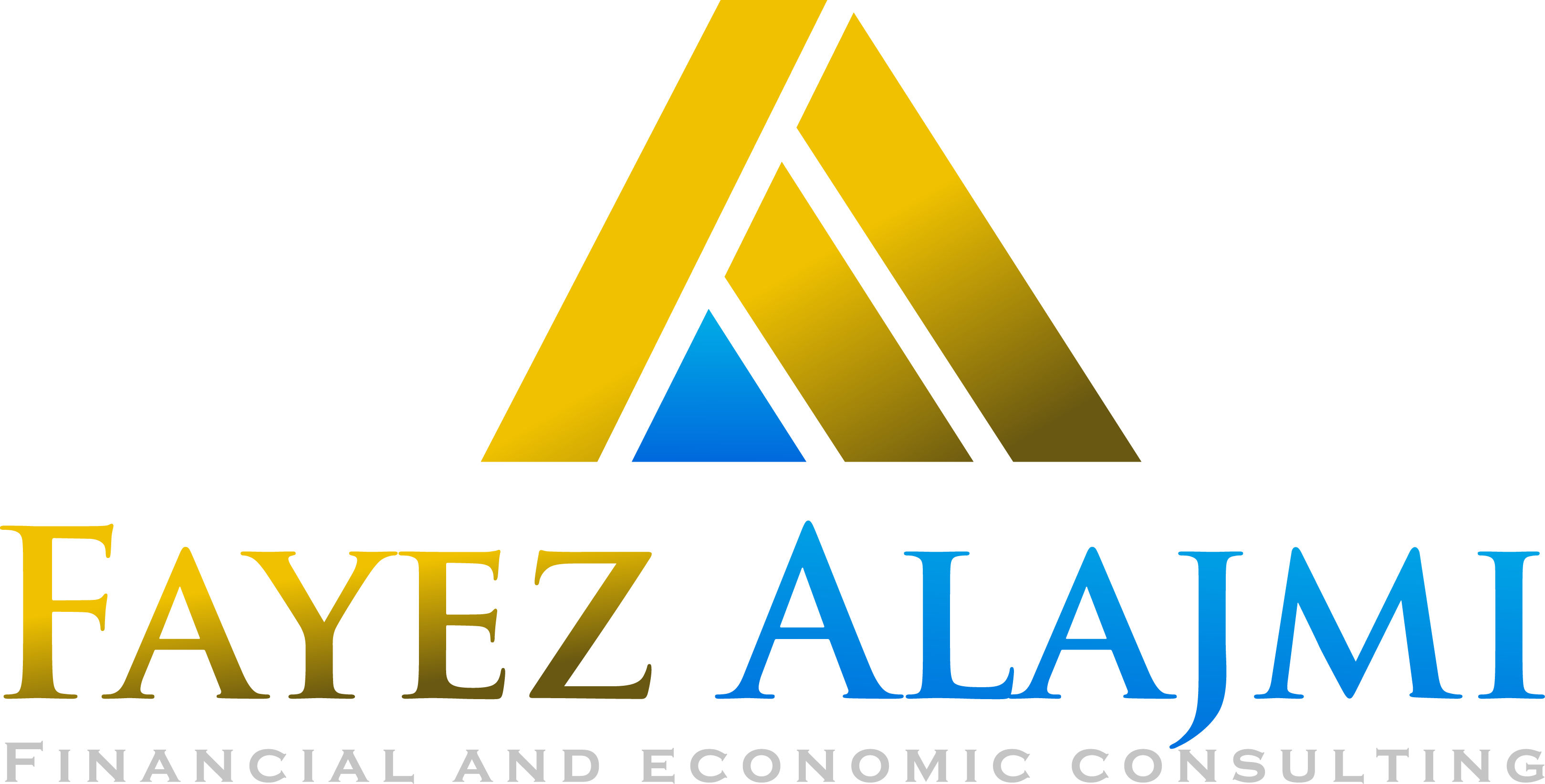
 5 July، 2022
5 July، 2022
 ابحاث السوق
ابحاث السوق
 Views
: 542
Views
: 542

The Reserve Bank of Australia decided in its meeting this morning, Tuesday, the fifth of July, to raise interest rates by 50 basis points, as expected, to reach 1.35% from 0.85%.
The interest statement issued by the bank stated that inflation is still high in Australia and is expected to reach its peak later this year before it begins to decline to the bank’s target of 2-3%.
The Australian economy remains resilient as unemployment stood at 3.9% in May, the lowest rate in nearly 50 years, and underemployment has declined significantly, and business surveys indicate an increase in wage growth.
Household spending behavior represents one of the sources of uncertainty, as despite the recent decline in housing prices, the rise in prices and the rise in interest rates, the household saving rate is still higher than what it was before the epidemic.
The effects of the Russian-Ukrainian war are still clouding the global outlook and affecting the prices of energy and agricultural commodities, in addition to the high uncertainty about Covid in China.
The increase in interest rates today is another step in withdrawing the exceptional monetary support that was previously put in place as a result of the epidemic.
The Council expects more steps in the coming months to confront and limit the rise in inflation and return it towards the goal.
The Australian dollar rose by about 22 points after the statement, as the 50 basis points increase was expected in the markets, and it is now trading at 0.6879 levels against the US dollar.